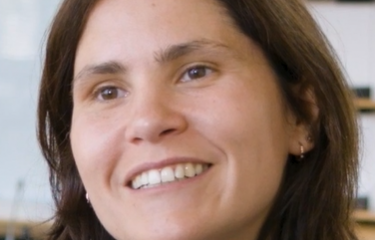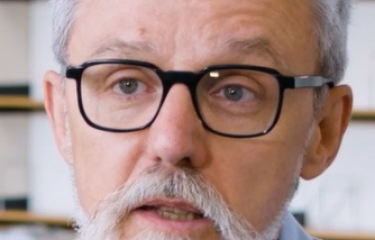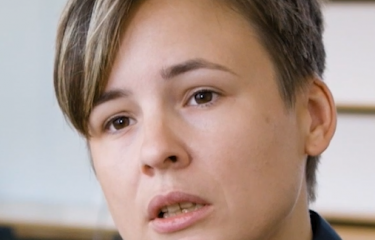In 1983 the AIDS virus, HIV, was isolated by virologists at the Institut Pasteur. At the time, there were widespread misconceptions of the virus and the way it was transmitted, and people living with HIV were the target of considerable discrimination. Today, huge strides have been made in science and knowledge. But as Florence Thune, Executive Director of French HIV/AIDS charity Sidaction reminds us, the stigma hasn't gone away.
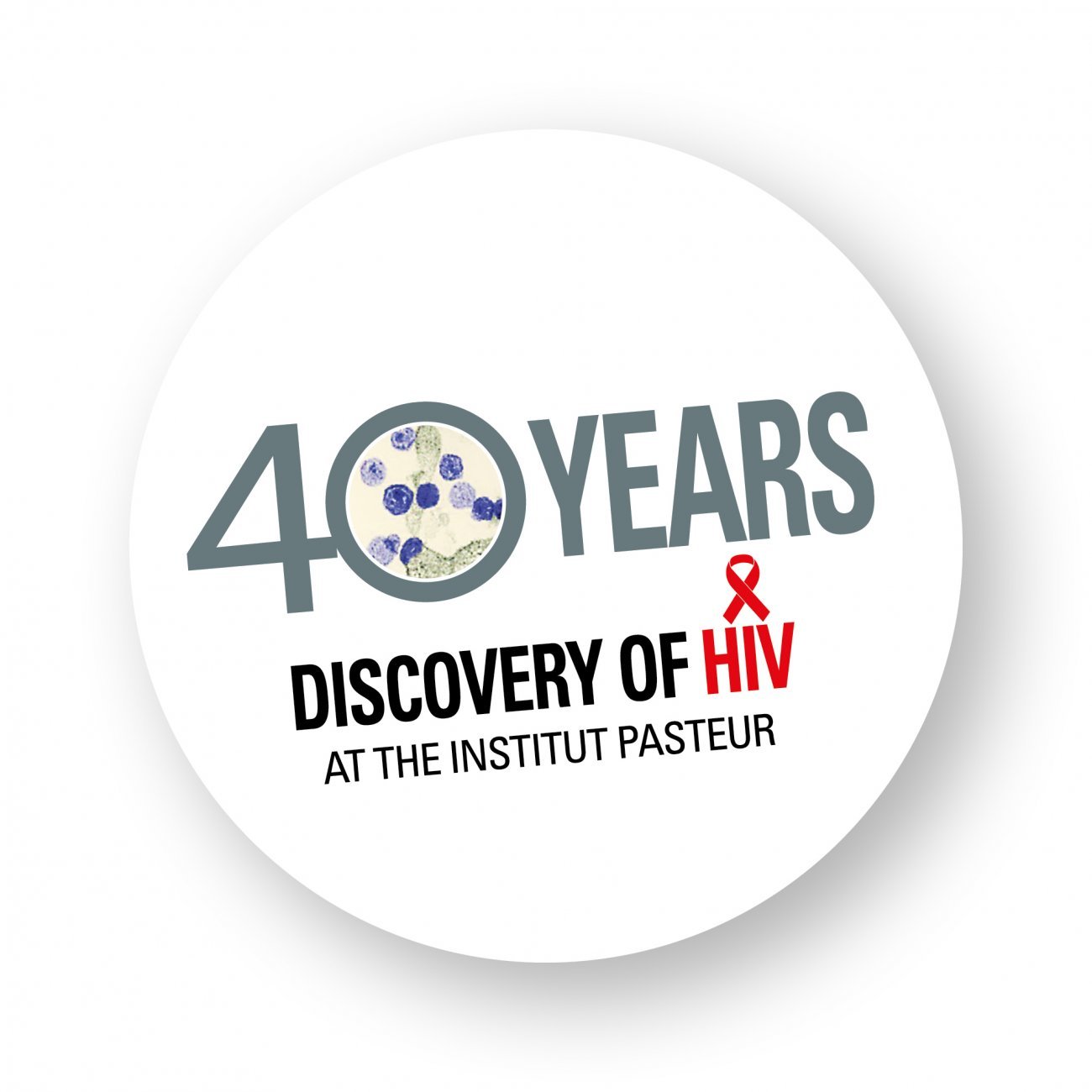
|
This interview is the second in a series of testimonies from representatives of patient organizations to mark the 40th anniversary of the discovery of HIV. |
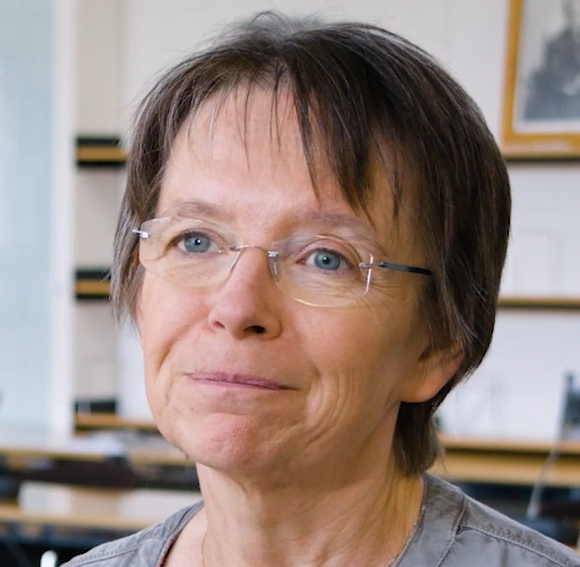
AIDS is still a source of irrational fear, and people living with HIV continue to be subjected to discrimination on a daily basis, to be faced with rejection and a lack of understanding.
Florence ThuneExecutive Director of Sidaction
What has changed over the past 40 years for people living with HIV?
Florence Thune: What has changed? People living with HIV are alive. Forty years ago, people died from AIDS because there was no treatment. Today people with access to treatment no longer die of AIDS; they grow old with HIV. And that is an amazing change, even if living with HIV sometimes leads to complications.
But what has not changed is the discrimination. There was a huge amount of discrimination in the early days, when we didn't know how the virus was transmitted, but discrimination continues today despite the great strides in knowledge. AIDS is still a source of irrational fear, and people living with HIV continue to be subjected to discrimination on a daily basis, to be faced with rejection and a lack of understanding.
What scientific discoveries have made a real difference?
F. T.: What undoubtedly changed people's daily lives was the introduction of highly-active antiretroviral therapy in 1996 – and of course the many years of basic research that led to the development of these treatments.
We soon realized that pregnant women with the virus who received treatment could give birth to HIV-negative babies. So in the very early years after the treatment was introduced, we saw that it was having a preventive impact.
And then a few years later we realized that the same therapy not only kept people healthy; it also prevented them from spreading the virus. That was a real turning point.
You have brought along a badge. Can you tell us about it?
F. T.: I brought along this badge – which says "Bye bye stigma, Hello gorgeous" – from the International AIDS Conference in Durban, South Africa, in 2016. At the event, there were South African women living with HIV who were incredibly beautiful, strong and dynamic, who completely embodied the fight against stigma – which I long to see disappear too, as someone living with HIV myself – and these women reminded us that we can be proud of our bodies.
I still keep the badge in my office to remind me just how much damage HIV can do to our bodies, and how the shame associated with HIV can sometimes stop us from feeling beautiful and desirable. The badge tells that story.
What message would you like to share with scientists and society at large?
F. T.: I have two messages. The first is for scientists: I want to encourage them to continue their research to achieve remission. There has been huge progress in terms of treatment, but there is still the dream of eradicating the virus completely – sometimes I dream of becoming HIV-negative again. The second message is for the public: I want to remind them that they shouldn't be afraid of people who are HIV-positive. We still need to protect ourselves from HIV, but that does not mean being afraid of people living with HIV. We love people, we fall in love, and it's important to remind people of that.




